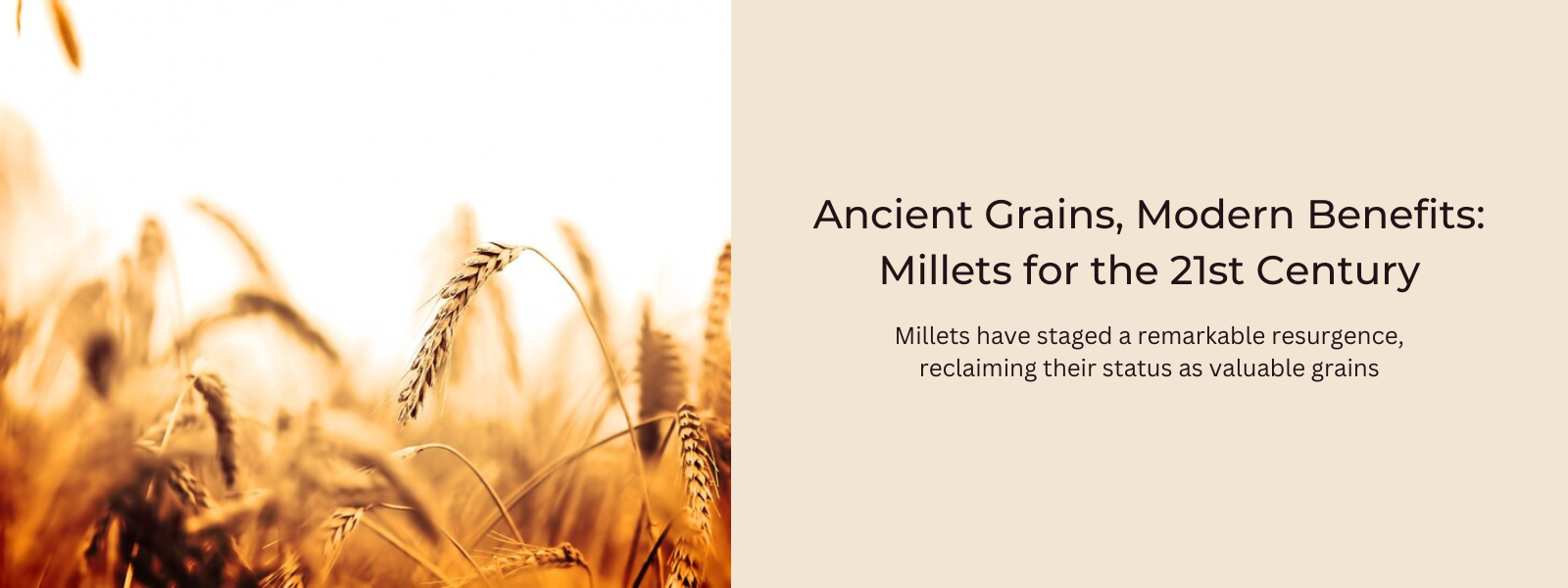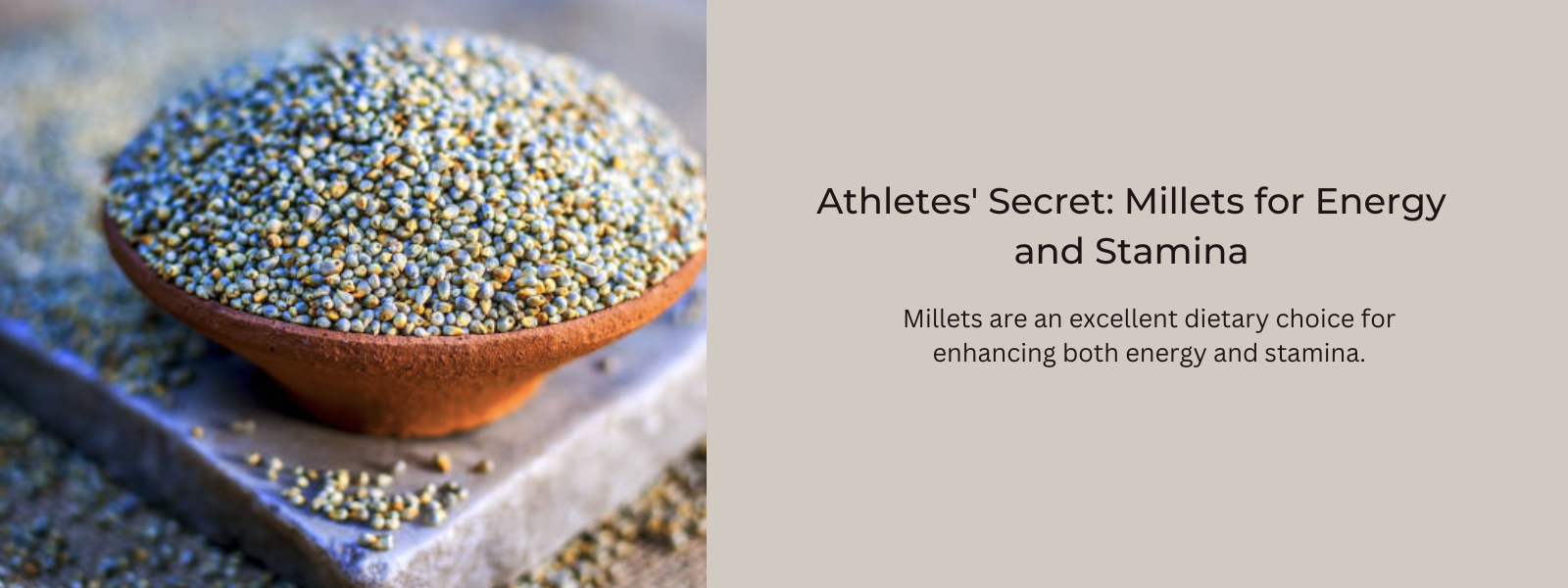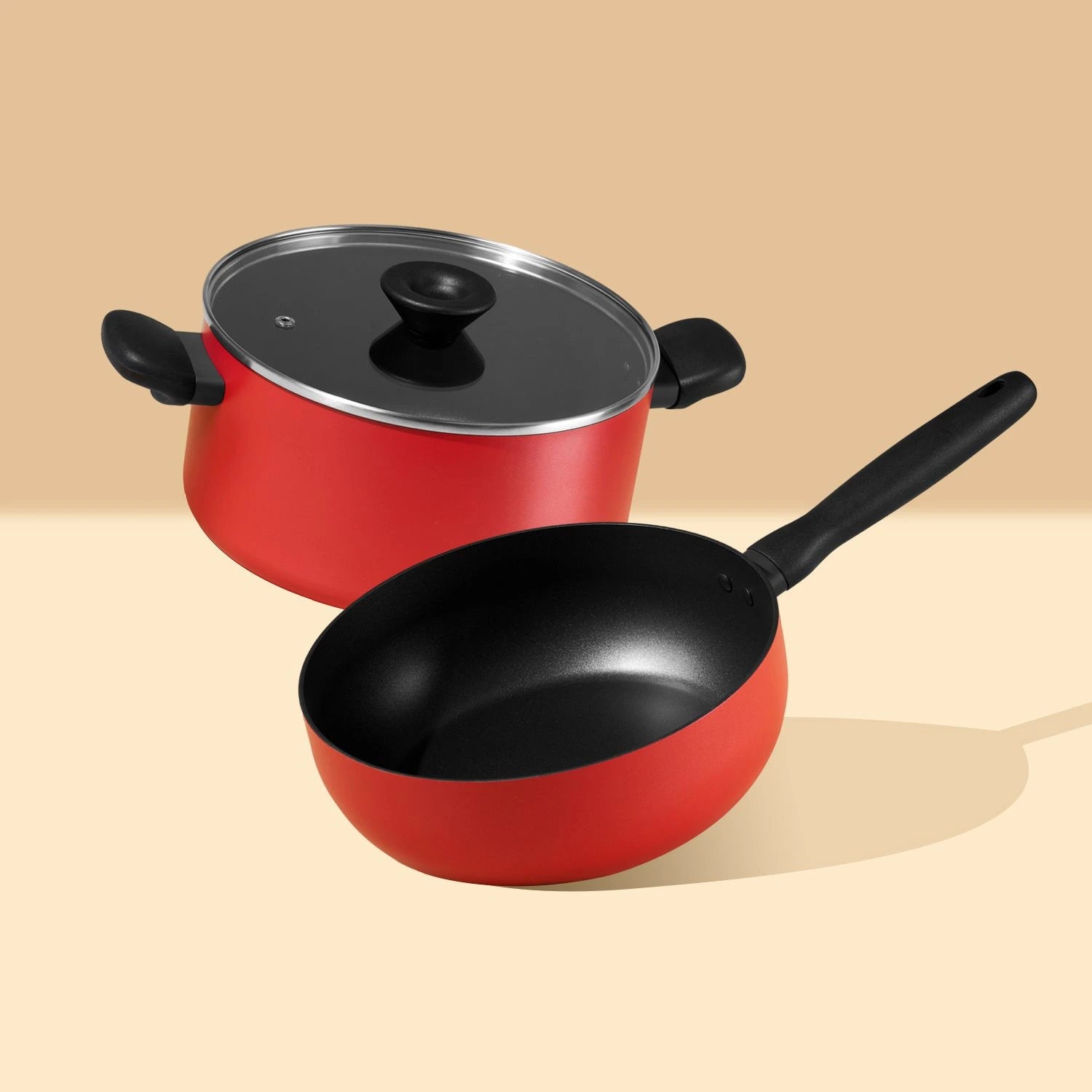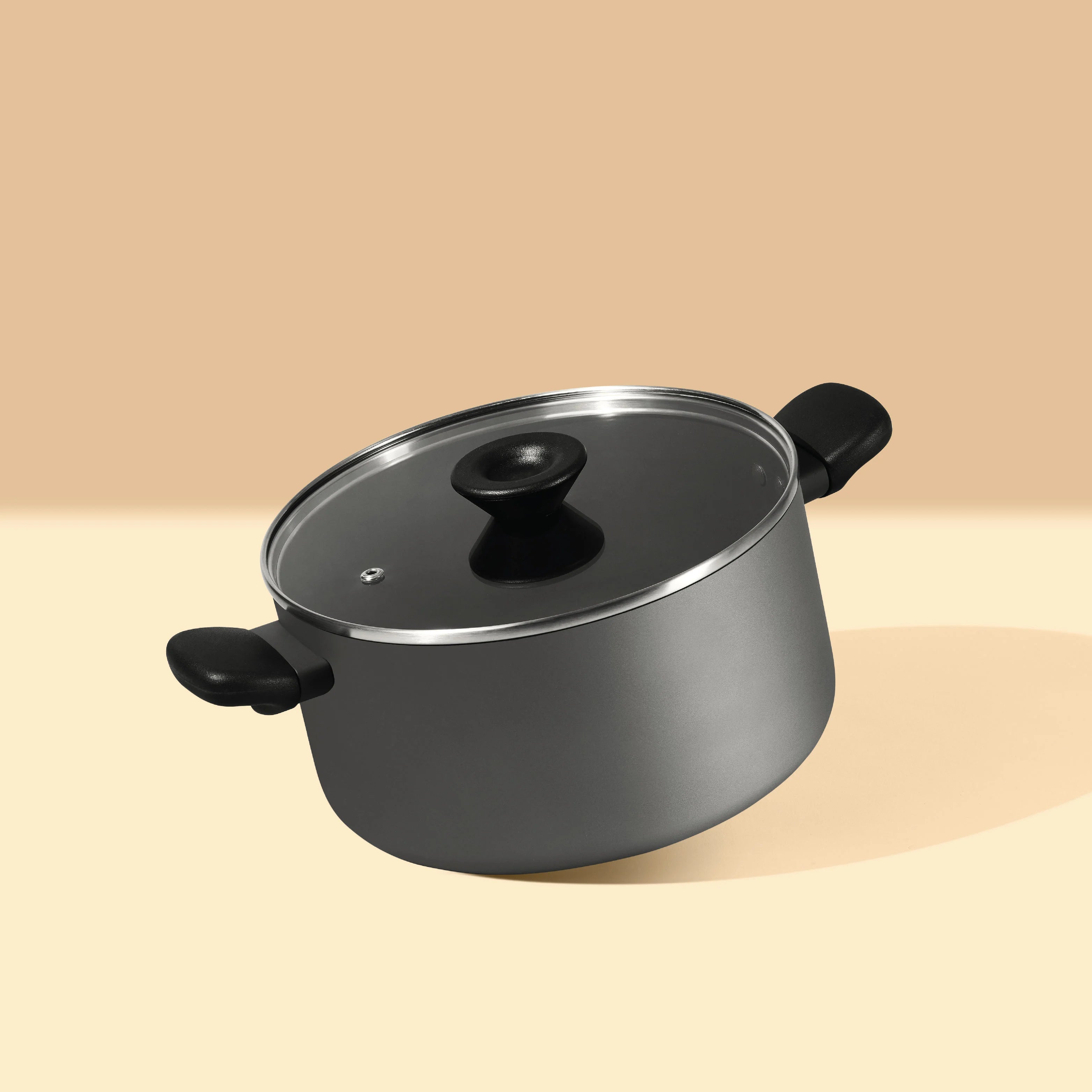Millets, once a staple in ancient civilizations, are making a significant comeback in modern diets due to their exceptional nutritional profile and numerous health benefits. These small-seeded grains, including varieties like pearl millet, finger millet, and foxtail millet, are packed with essential nutrients, making them a superfood worth incorporating into daily meals. Their adaptability to various climates and soil conditions also makes them a sustainable choice, supporting environmental conservation efforts. With their rich history and impressive nutrient density, millets are poised to become a dietary staple once again.
Table of Contents
Rich in Vitamins and Minerals
Millets stand out due to their impressive array of vitamins and minerals. They are rich in B vitamins, including niacin (B3), thiamine (B1), and riboflavin (B2), all of which are essential for energy production, maintaining healthy skin, and proper nerve function. These grains also contain significant amounts of minerals such as magnesium, phosphorus, iron, and calcium. Magnesium and phosphorus are vital for bone health and energy metabolism, while iron is crucial for oxygen transport in the blood. Calcium is essential for maintaining strong bones and teeth. The presence of these nutrients makes millets a valuable addition to a balanced diet, supporting overall health and well-being.
Antioxidant Properties
Millets are not only nutrient-rich but also packed with antioxidants, such as phenolic compounds. Antioxidants play a crucial role in protecting the body against oxidative stress and inflammation, which are linked to various chronic diseases. The antioxidant properties of millets help in reducing the risk of heart disease by lowering bad cholesterol (LDL) levels and improving heart health. They also aid in managing diabetes by stabilizing blood sugar levels and enhancing insulin sensitivity. By incorporating millets into your diet, you can harness these antioxidant benefits to support long-term health and reduce the risk of chronic illnesses.
Versatility in Culinary Use
One of the remarkable features of millets is their versatility in the kitchen. These grains can be used in a wide variety of dishes, making it easy to incorporate them into your diet. Millets can be cooked into a nutritious porridge for breakfast, providing a hearty and wholesome start to the day. They can be added to salads for a nutty texture and nutritional boost. Millet flour can be used in baking, adding health benefits to bread, muffins, and cookies. Millets can also replace rice or quinoa in dishes like pilafs, stir-fries, and casseroles. Traditional recipes like khichdi, dosa, and upma can be made with millets, offering a healthy twist on classic dishes.
Sustainable and Environmentally Friendly
Millets are not only beneficial for health but also for the environment. These grains are highly adaptable to various climates and soil conditions, making them a sustainable choice for cultivation. Millets require less water and fewer inputs compared to other cereal crops, making them an environmentally friendly option. Their ability to grow in arid and semi-arid regions contributes to food security in areas where other crops may fail. By choosing millets, you support sustainable agricultural practices and contribute to environmental conservation efforts, promoting a healthier planet.
Conclusion
In conclusion, millets are a nutritional powerhouse that offers numerous health benefits, from improving heart health and managing diabetes to aiding digestion and supporting weight management. Their rich content of essential vitamins, minerals, and antioxidants makes them an invaluable addition to any diet. Moreover, their versatility in cooking allows for numerous delicious and healthy recipes. By incorporating millets into your daily meals, you not only enhance your nutritional intake but also contribute to sustainable agricultural practices. Embracing millets as a staple in your diet is a step towards a healthier and more balanced lifestyle, reflecting the wisdom of ancient dietary practices adapted for modern well-being.











Leave a comment